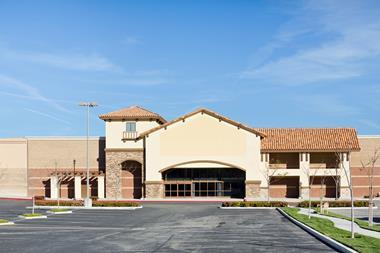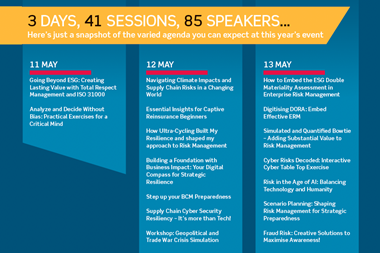While many financial institutions continue to debate whether off-the-shelf packages or tailored solutions developed in-house provide more competitive advantage, some forward-thinking banks are adopting a different approach to their trading and risk management solutions. This uses a flexible suite of technology and business components, tailored to meet their requirements.
Component-based technology provides trading, risk management and management information systems (MIS) solutions which achieve economies without draining internal resources or sacrificing customisation. Although it has been available for many years, it is particularly attractive now, with banks under pressure to differentiate themselves and make best use of leaner internal resources. The emergence of efficient standard platforms for developing component solutions (namely J2EE and .NET) has also been a driver.
Flexibility
Successful business components are forward-engineered. They are constructed to reflect probable future requirements. If the interfaces have been well designed, components can be extended or even replaced without affecting the rest of the system, thus reducing both cost and risk. Components developed with future functionality in mind should extend the operational life of the solution, enhancing cost-efficiency.
Recent market developments have focused on the move from floor to screen-based trading and the use of new distribution channels such as the internet to provide both integrated and value-added services to clients.The Java programming language allows applications to be easily extended into web enabled solutions, which can be deployed to clients outside the organisation with minimal additional development effort.
Component-based solutions must be flexible, scaleable and robust in order to handle the high volume processing demanded by sophisticated trading applications. The use of common protocols or programming languages makes integration and interfacing to existing programming libraries easy to achieve. Java is the most commonly used language, but there are other options.
Cost and time efficient solutions are critical, but sophisticated trading solutions need to be robust enough to operate within the most aggressive trading environment. For example, program trading (trades based on signals from computer programs, usually entered directly from the trader's computer to the market's computer system and executed automatically) requires a high degree of automation and generally exhibits the highest trade and order volumes. Component-based solutions are ideal because the application can be broken down into a number of distinct business processes, which can then be applied to all the intricate requirements of a program trading application. Configuring the components which support this process to communicate with each other simplifies complicated order management and routing requirements. The most advanced systems can monitor basket fills, allocate trades back to client portfolios and configure the associated statistics in real time. For example, we have developed component-based program trading solutions that can accommodate over 100,000 orders and over half a million fills daily.
Managing information
Financial institutions need accurate information in order to make critical trading decisions. The ability to receive this information in real time in an accessible format is key. However, they also need to be able to build on any earlier systems they have to avoid redeveloping large amounts of existing functionality, replicating trade data, or recalculating figures in a database or data warehouse. Component technology can help by integrating and extending existing legacy system functionality. This preserves the financial institution's initial investment in its legacy systems, using them as the source of trade and risk information.
The most advanced MIS applications, when configured to feed directly through to profit and loss (P&L) reporting can also be highly effective in limiting operational risk. If traders enter information incorrectly and it feeds directly through to the P&L in real time, unexpectedly large jumps in P&L will sound an alert that a trader may have made a mistake.
Further sophistication of existing applications, new applications as trading environments and business requirements evolve and even more flexible architectures are all likely. Increasingly, the lower tier one and tier two financial institutions will adopt this approach to take advantage of the opportunities for differentiation and time and cost efficient development.
Martin Gorrod is a senior business consultant at Iris Financial Systems, E-mail: martin.gorrod@irisfinancial.com
NEW ARCHITECTURE
In April, Iris Financial Systems launched its Component Service Architecture (CSA™), which it claims will enable its customers to benefit from rapidly developed, highly scaleable trading and risk management solutions that can be easily integrated with legacy systems. Developed for the J2EE development platform and using Java programming language, over 50% of the code is pre-written within the components. Existing components can be extended or new ones written to meet specific requirements.



















